Climate change is an urgent crisis. Despite extensive scientific data and recommendations, efforts to limit global warming to the 1.5-degree goal of the Paris Agreement are falling short.
As the Arctic warms at a rate far exceeding the global average, the region’s unique ecosystems and stabilizing role in the global climate system are threatened by the impending complete disappearance of Arctic sea ice.
While new ice will continue to form in the Arctic each winter, this ice is more vulnerable, much thinner and less reflective than the older, multi-year ice it replaces. First-year ice is less effective at reflecting sunlight, allowing more heat to reach the ocean beneath, further accelerating ice melting.
Is it possible to stop the melting?
Years ago, an innovative idea to combat climate change was proposed by the non-profit organization Arctic Ice Project. The idea was to increase the Earth’s albedo—Earth’s ability to reflect sunlight back into space—by making firs-year Arctic ice more reflective, thereby reducing heat absorption and slowing Arctic ice melting.
While this strategy might have the potential to help cool the planet, it doesn’t address the root causes of climate change and would work only as long as the intervention is in place.
The suggested method falls under climate intervention, a broader category of climate engineering or geoengineering. Climate engineering includes both solar radiation modification (such as increasing albedo) and carbon dioxide removal.
These approaches are often met with controversy due to concerns about environmental impacts, ethical implications, and the potential for unintended consequences.
To slow Arctic ice loss, Arctic Ice Project explored the use of hollow glass microspheres (HGMs)—tiny, highly reflective particles that resemble a fine powder. The proposed method involved strategically distributing HGMs over newly formed Arctic sea ice to enhance its reflectivity, make it less transparent, and improving its resistance to melting.
A need for testing
Arctic Ice Project representatives understood that using a powdered material to enhance sea ice albedo inherently involves introducing a foreign substance into the ocean, which carries the risk of negatively influencing the sensitive balance of the marine ecosystem.
Recognizing the need for rigorous testing to ensure environmental safety, Arctic Ice Project partnered with SINTEF about five years ago. Our collaboration focused on assessing the potential ecological and environmental impacts of HGMs on Arctic species and ecosystems.
HGMs are commercially available and widely used for reducing weight and improving buoyancy in industrial applications. However, before deployment in the Arctic, critical questions needed answers.
How will HGMs behave in the Arctic? Will they sink, float, or be crushed and altered by repeated freezing and thawing cycles? Could they interact with Arctic species, and if so, what would their impact be?
At SINTEF, we conducted laboratory tests to evaluate how the HGMs perform in a simulated Arctic Ocean environment. Our research included ecotoxicological studies with key Arctic species and environmental modelling to predict how the material might spread in the Arctic ecosystem.
The big anticlimax
In the end, our ecotoxicological assessments and environmental transport modelling indicated that the HGMs were likely to encounter and adversely impact key Arctic species.
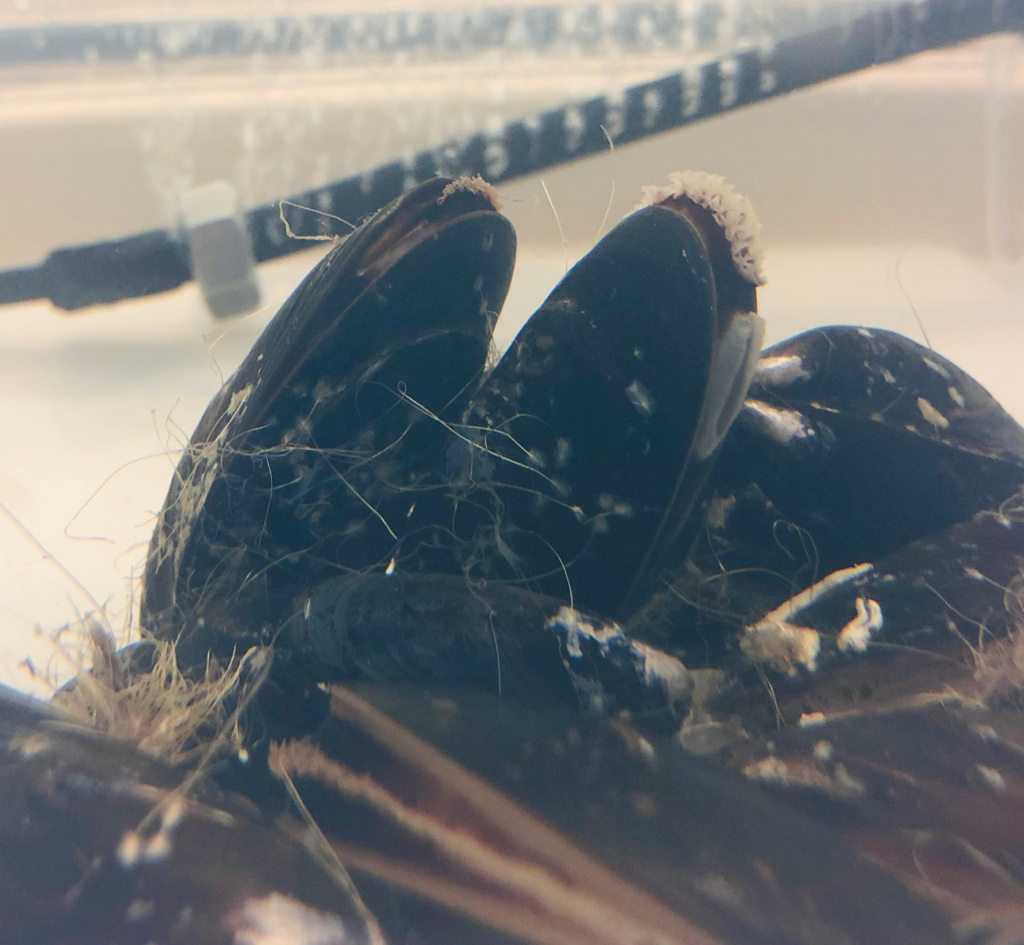
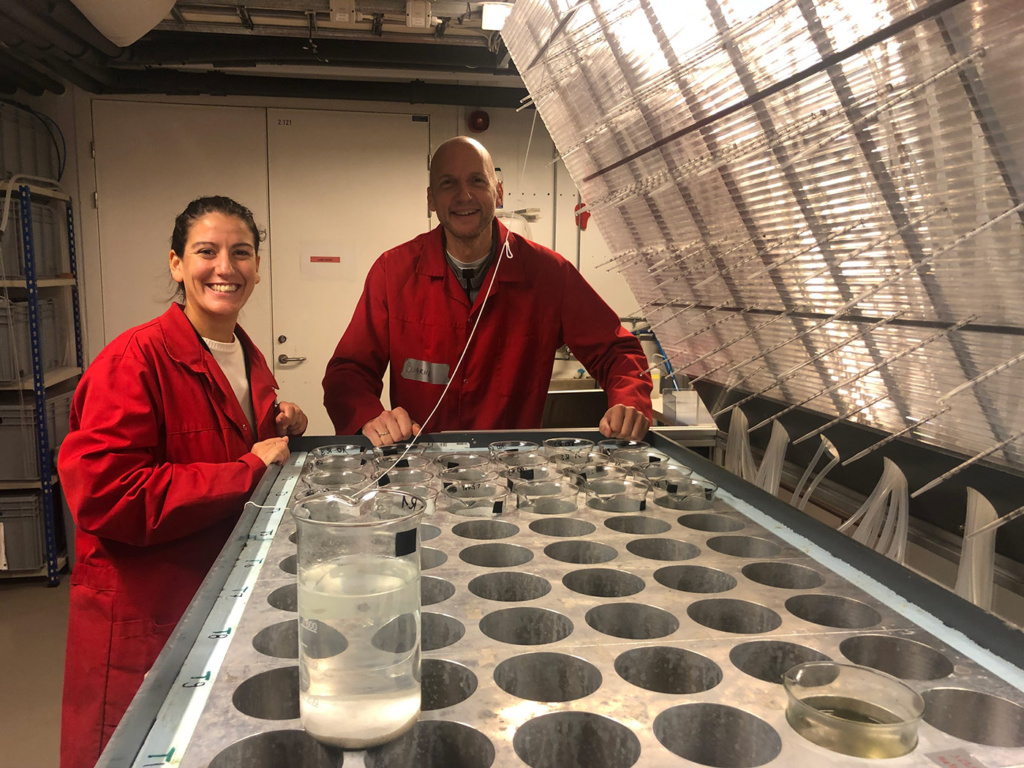
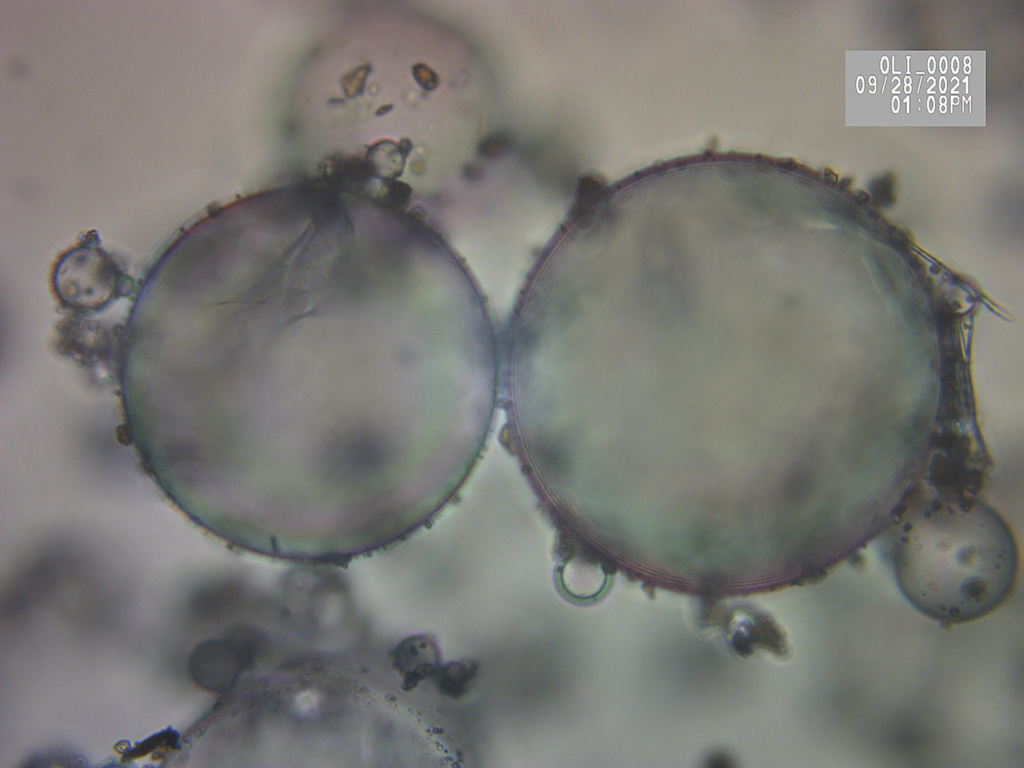
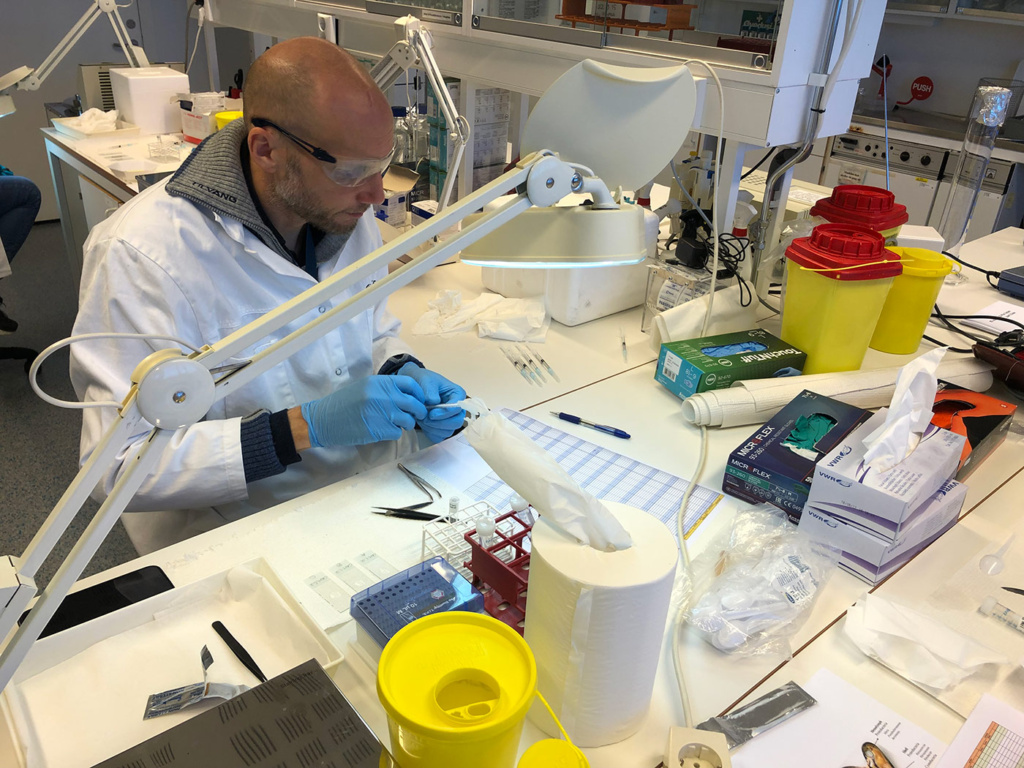
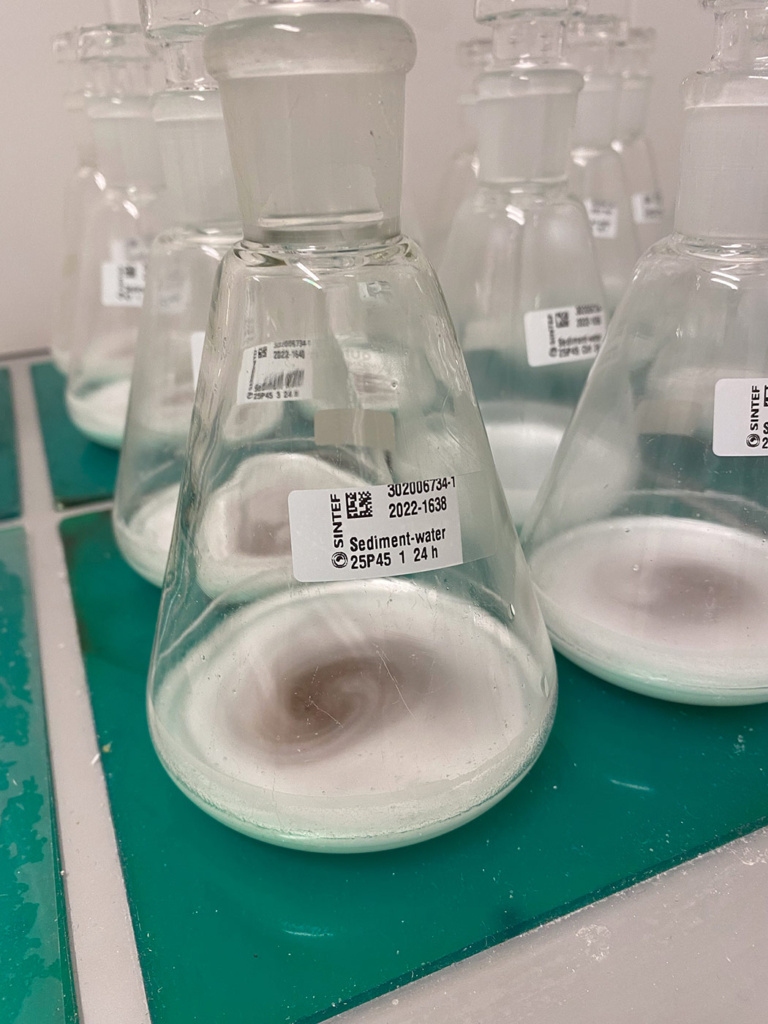
Arctic Ice Project faced the dilemmas of a growing public debate around climate engineering, increasing difficulty in securing large funding, and the possibility that enhancing sea ice albedo using HGMs would have unintended negative effects on the Arctic environment. Given these factors, Arctic Ice Project made the difficult decision to wind down their operations.
Both SINTEF and Arctic Ice Project remain committed to making a positive contribution to the world by combating climate change and protecting the Arctic. Innovation and bold ideas don’t always lead to the outcomes we hope for, but every step forward helps us refine our understanding.
We remain hopeful that future advancements will bring sustainable solutions to preserve Arctic ice, safeguard unique and fragile ecosystems, and help slow the rate of climate change.











Comments
No comments yet. Be the first to comment!